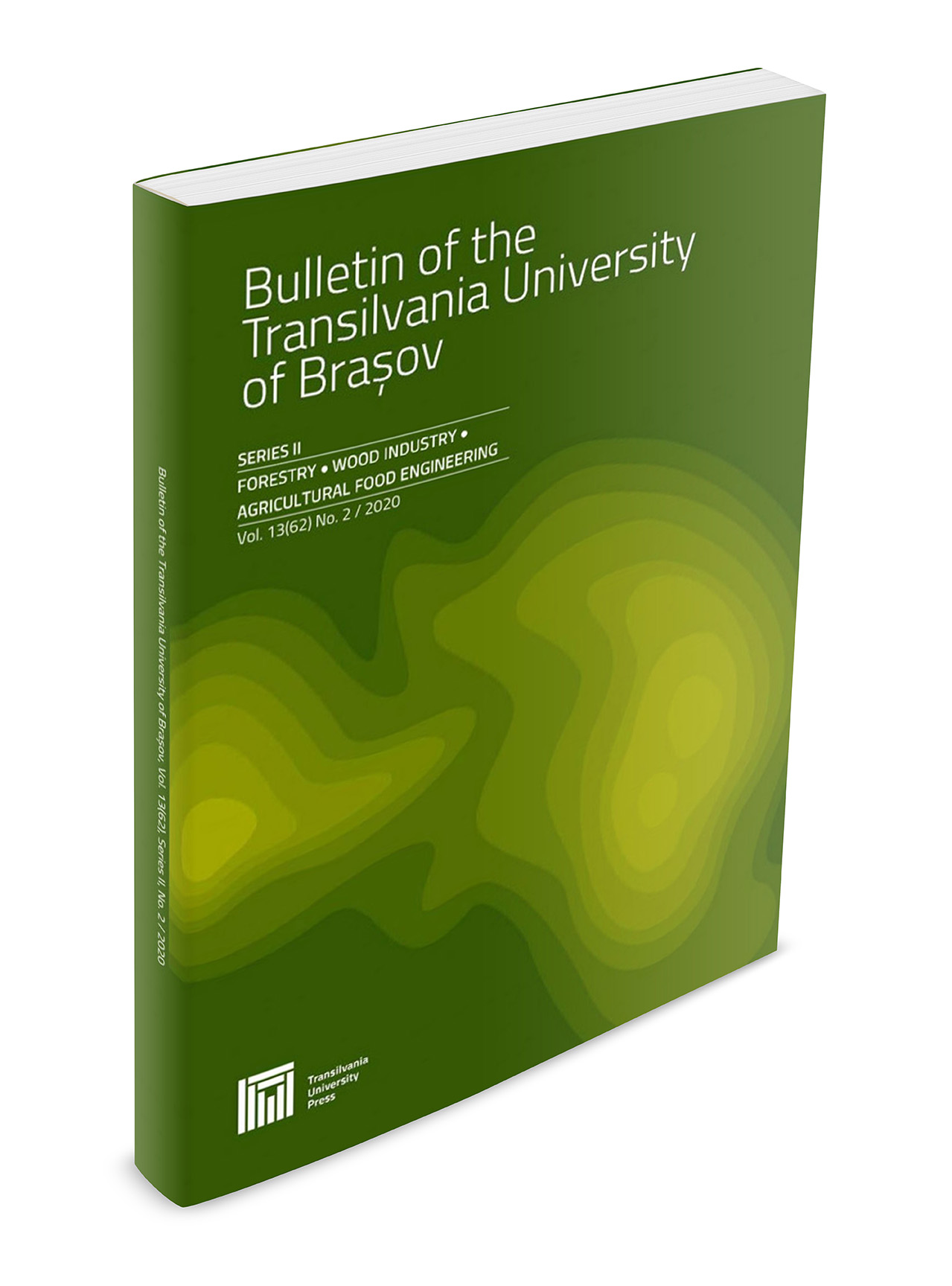Importance and Use of Ecosystem Services Provided by the Amazonian Landscapes in Ecuador - Evaluation and Spatial Scaling of a Representative Area
DOI:
https://doi.org/10.31926/but.fwiafe.2019.12.61.2.1Keywords:
Ecuador, Pastaza, rainforest, ecosystem services, use, importance, spatial scalingAbstract
The Ecuadorian Amazon region is one of the areas characterized by the greatest biodiversity worldwide. The ecosystems from the area provide many benefits to the local communities in the form of goods and services. Despite the predominance of native forests in the Pastaza Province, a deforestation rate of 7.7% and changes in land use have been recorded lately due to population growth, the reconfiguration of consumption patterns, an increase in the export of agricultural products, changes in forest legislation, agrarian reforms, and the oil extraction industry. Most likely, these changes will affect the local populations and their interaction with the local landscapes, with the poorest ones being the most affected. For these reasons, this study evaluated the use and importance of ecosystem services in the area from the local inhabitants’ perspective by conducting a quantitative survey, followed by spatial scaling. While the findings indicate different importance patterns associated with different types of land uses and potential benefits, the native forests and their associated cultural services were found to be the most important for the locals. This was even more important as the spatial scaling showed the predominance of native forests and their associated services in the area. The results of this study may support a participatory approach in designing local strategies and land-use policies.



